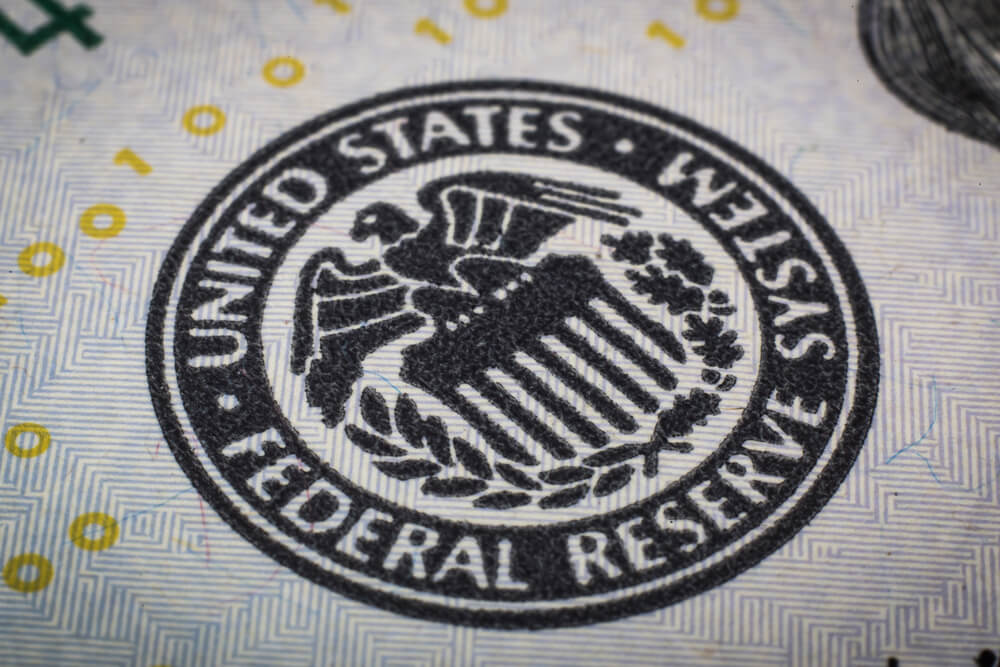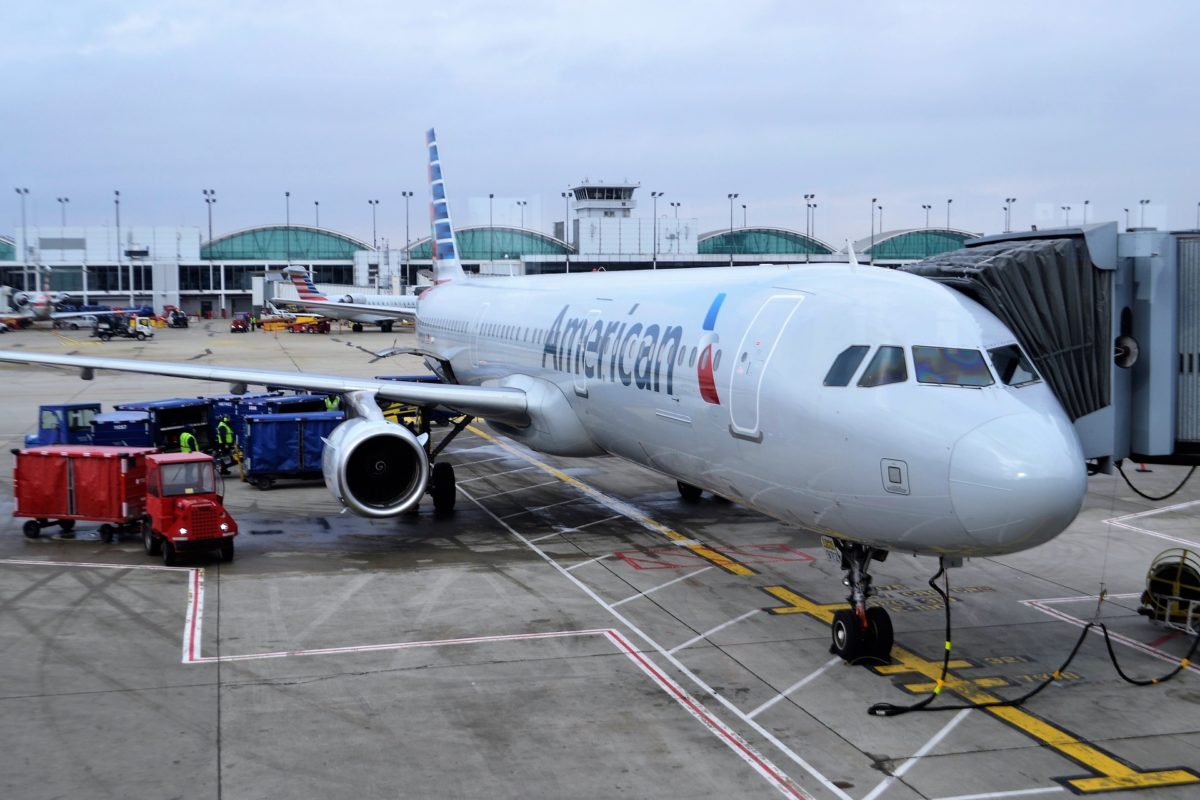The Federal Reserve has been worrying about low inflation. It was working on ways to let it run slightly hotter temporarily. This was to avoid the trap of long-term sluggish growth and weak pricing power. All this was before Covid-19 crushed the economy.
In a much-anticipated speech on Thursday, Chairman Jerome Powell will most probably discuss the Federal Reserve’s policy framework. Specifically, he will talk about how it will alter its posture on inflation. The Federal Reserve had a 2% inflation target. Nevertheless, in the decade since the financial crisis, it has often seen inflation fall below its target.
All in all, the Federal Reserve will most probably meet its goal for an average inflation target. Watchers of the Federal Reserve said that officials might provide a band for tolerable inflation levels below and above its current target of two percent. At its September meeting is when the Federal Reserve will most probably make that announcement. The preview might be Powell’s comments at 9:10 a.m. ET, at the annual Jackson Hole Symposium.
Ahead of the Federal Reserve’s symposium, Treasury yields have been rising. The Symposium will take place virtually this year instead of in the shadows of the Grand Tetons. The event has sometimes been used to foreshadow the moves of oncoming policy. Federal Reserve watchers forecast Powell would preview what should be a significant change in guidance on policy.
Federal Reserve
Rick Rieder works at BlackRock global. He is the chief investment officer of fixed income there. He said that the rates markets are forecasting that the Federal Reserve is going to be dovish and willing to withstand inflation being higher for a more extended period. The Federal Reserve is not looking for spiking inflation. Nevertheless, some inflation in the economy drives both wages and gains and profits and provides pricing power. Currently, Powell has said that the virus made more significant risks of disinflation. This is because of high unemployment and other economic impairment.
The Federal Reserve has taken extraordinary actions to battle the impact of coronavirus. For a long time, it has vowed to keep its rates at zero. Also, it has provided more liquidity, inserted itself in different markets to assure they run smoothly, and purchased assets.
Already, the Federal Reserve had been reviewing its policy framework. Inflation was part of it. Federal Officials said that they would allow inflation to overshoot their 2% target, even before the virus. Nevertheless, they did not formalize this.
Jon Hill at BMO also made a comment. He is a senior fixed-income strategist there. Hill said that it has been longer running than just coronavirus. If they had wrapped that up last year, Powell would have to signal a policy shift with rates above zero. However, they already have at zero. Thus, this means they will be at zero even longer.
Moreover, it means that the central bank will be even more aggressive in trying to meet its inflation mandate. In the past, they had pre-emptively hiked to get ahead of inflation pressures. What they have shifted to is waiting until they get sustained inflation.
Moreover, Hill added that the bond market was pricing in higher Inflation.













